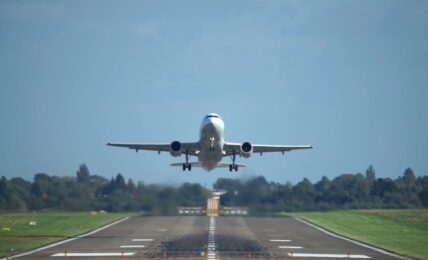Southwest Airlines announced today the introduction of new items to replace single-use plastic from its flights, including a new bamboo cup for inflight cold beverages and a wood stir stick. According to the airline, the new items are anticipated to reduce its inflight single-use plastics by more than 1.5 million pounds annually.
The introduction of the new items follows the launch last year by Southwest of its updated sustainability strategy, Nonstop to Net Zero, which outlines the carrier’s path toward its goal of achieving net zero carbon emissions by 2050. In addition to goals focused on increasing the use of sustainable aviation fuel, saving fuel and electrifying ground equipment, the new strategy also included a commitment to eliminate single-use plastics from inflight service, where feasible, by 2030.
Southwest’s new bamboo cup is made from 93% non-plastic materials, with a pulp blend consisting of 75% bamboo and 25% paper and a polyethylene lining, and the stir stick is made from 100% Forest Stewardship Council (FSC)-certified birch wood. The company noted that bamboo is considered a “rapidly renewable material” by the U.S. Green building Council because it reaches maturity for harvest in 3-5 years.
The company said that the introduction of the new items followed an analysis the sustainability and environmental footprints of its inflight service items which identified cups for cold beverages and stir sticks as two of the largest sources of single-use plastics.
Additional plastic and waste-reduction initiatives highlighted by the airline include its recent transition to a paper overwrap for its napkins made from 100% post-consumer recycled materials, and the upcoming introduction of a new select-a-snack offering on flights to and from Hawaii anticipated to decrease food waste and reduce single-use plastic packaging by at least 18,000 pounds annually.
Helen Giles, Managing Director of Environmental Sustainability at Southwest Airlines, said:
“We expect our new bamboo cold cup, wood stir stick, and other initiatives to exceed our goal to reduce plastics from inflight service by 50% by weight by 2025, and we’re excited to continue collaborating with our suppliers to work toward our goal of fully eliminating, where feasible, single-use plastics from inflight service by 2030.”


